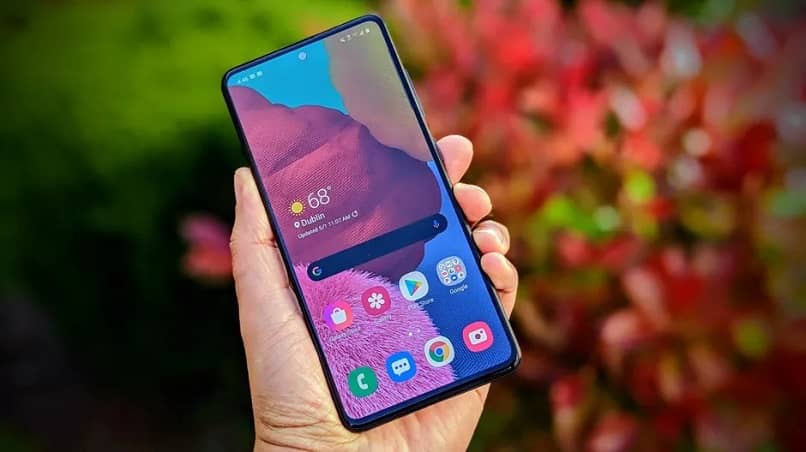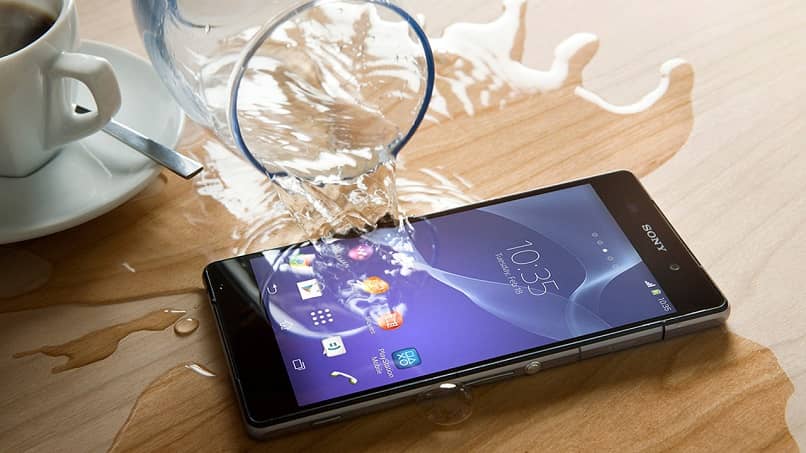At present, the resistance of phones to different factors is very important. Especially, of course, when buying a new device. If you find yourself in a place with a lot of rain or sudden climatic changes, you should ask yourself: What is the IP67, IP68 and IP69 protection of a mobile and what is the use of this certification?
Remember all those numbers very well! Since they will provide you with extremely important information about your phone. Information that will give you peace of mind. Shall we start?
What are IP certificates?
Without a doubt, smartphones have been essential communication tools in society. Not only because of the ease of moving them from one place to another. But also because of the extraordinary functions they have.
However, two things that, in a certain way, left many users dissatisfied. But the most fundamental is resistance to factors such as dust and water.
Hence, the IP or International Protection certification is something to take into account. This certificate is the representation of a scale of resistance and protection of mobile devices.

An (almost) all-terrain phone
The first Smartphone that had an IP certificate was the Nokia 550 Sport. From then on, knowing the scale of protection and resistance has been very important for the peace of mind of users.
This is because they could more easily identify why your phone suddenly turns off. Or what is even more frequent, that the device heats up very frequently.
How to interpret IP certification?
To know what the IP67, IP68 and IP69 protection of a mobile is, it is essential to understand the structure of the certificate. As you could see, after the acronym “IP”, there are two digits.
The first is related to resistance or protection against dust. While the second is related to water resistance.
dust resistance
The digits used to indicate the resistance or dust protection of a mobile device range from 0 to 6. So, the scale would be as follows:
- 0: No protection.
- 1: Spheres with a diameter of 50 mm do not fully penetrate the device.
- 2: Spheres with a diameter of 12.5 mm do not fully penetrate the device.
- 3: Spheres with a diameter of 2.5 mm cannot penetrate the device.
- 4: Spheres with a diameter of 1 mm do not fit into the device.
- 5: Dust can enter the device. However, it does so in amounts that will not affect how it works.
- 6: Dust cannot enter the device.
Waterproof
On the other hand, the scale of resistance or protection to water is a little more extensive. It goes from 0 to 9 and the interpretation of the digits is given as follows:
- 0: No protection. The water will enter easily and quickly.
- 1: The device resists drops falling at a height of 200 mm for 10 minutes.
- 2: The device resists 10 minutes to drops of 3 to 5 cubic mm per minute and with a rotation of 15°.
- 3: The device resists spray water from 1 to 5 minutes with a rotation of up to 60°.
- 4: The device resists at least 10 minutes to a jet of water (10 liters per minute) from any angle.
- 5: The device resists at least 3 minutes to a moderate jet of water (12.5 liters per minute) at less than three meters.
- 6: The device resists a powerful water jet (100 liters per minute) for at least 3 minutes.
- 7: The device resists 30 minutes submerged at a depth of 1 meter.
- 8: Endurance time varies by manufacturer. But it can be submerged up to 3 meters deep.
- 9: Resistant to powerful jets (14 to 16 liters per minute) from different angles and distances.

How rugged is your phone?
Now that you are aware of what the IP67, IP68 and IP69 protection of a mobile is, how resistant is your device? Water resistance is essential to know, especially in these times where it is required to disinfect the cell phone without damaging it.














